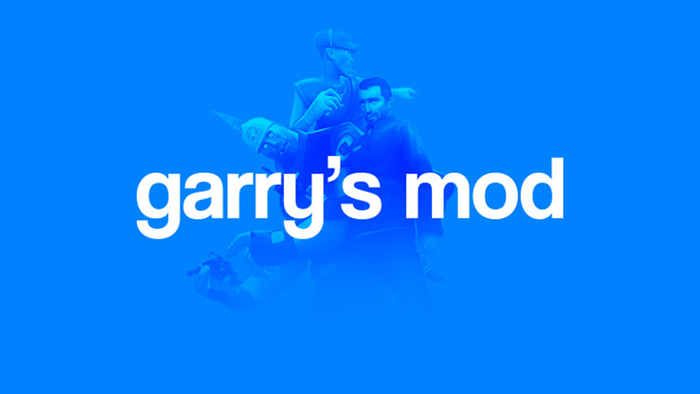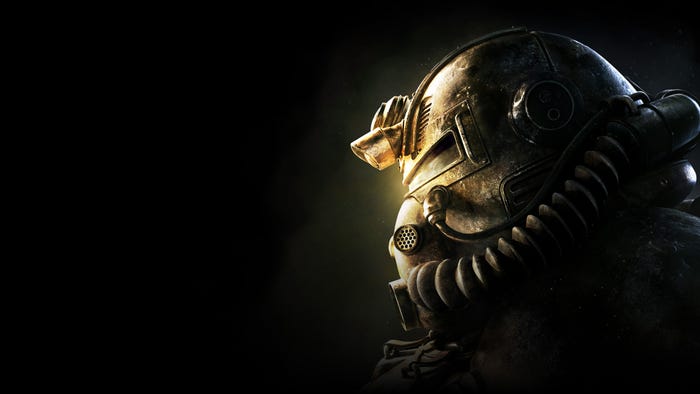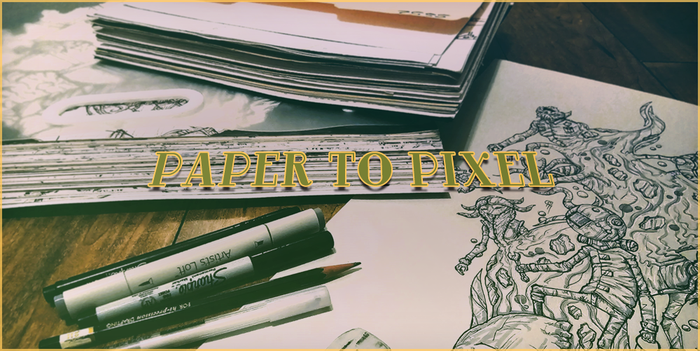Sponsored By
News
Key artwork for Garry's Mod
Business
Nintendo's legal team is coming for Garry's Mod after 20 yearsNintendo's legal team is coming for Garry's Mod after 20 years
It's-a-me, not-quite-legally-distinct Mario.
Daily news, dev blogs, and stories from Game Developer straight to your inbox







































